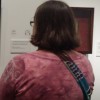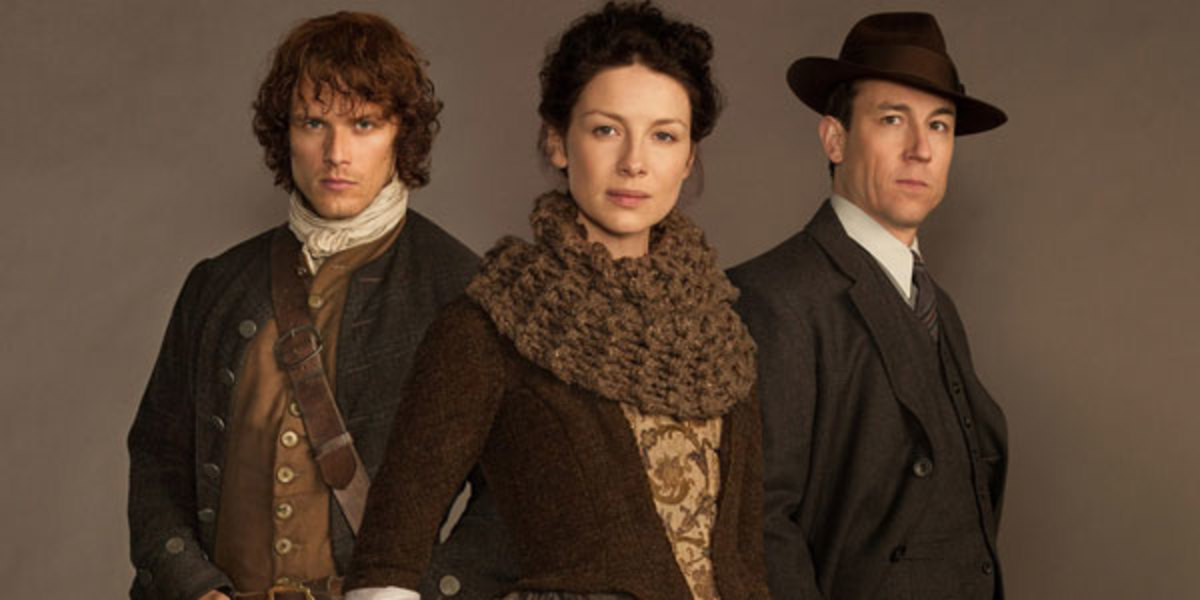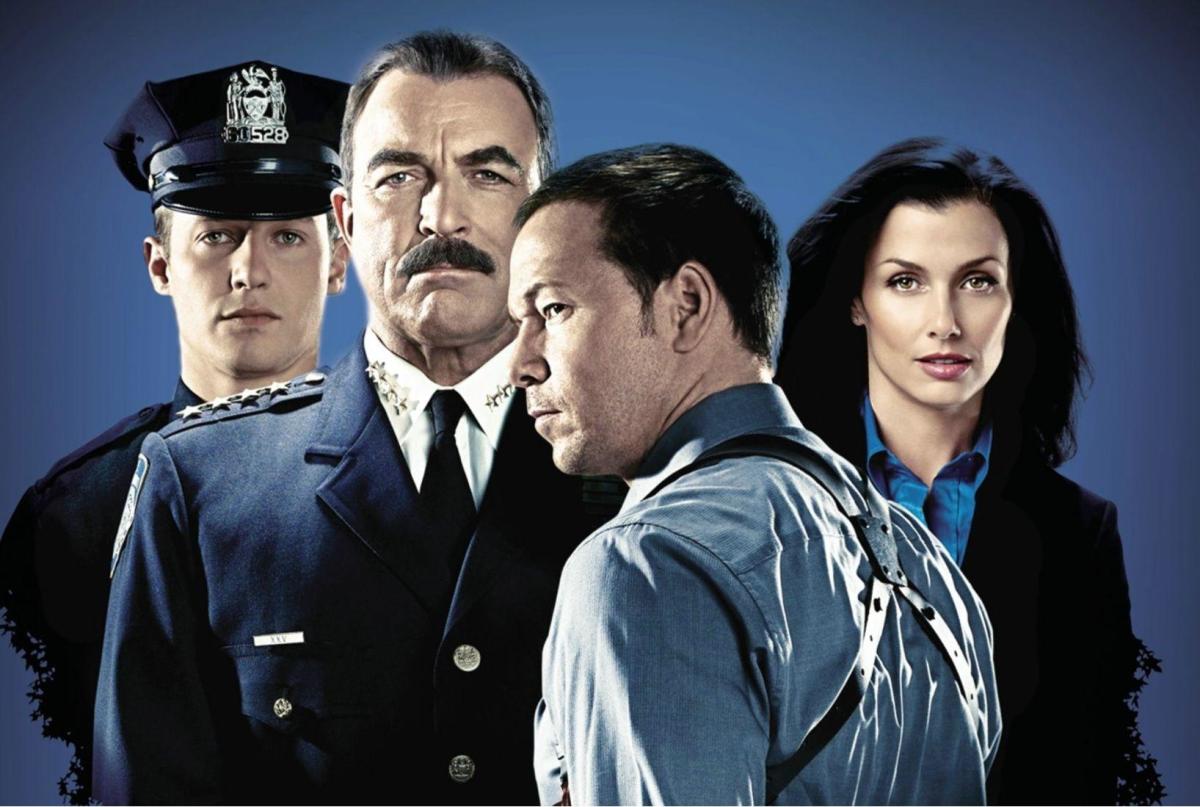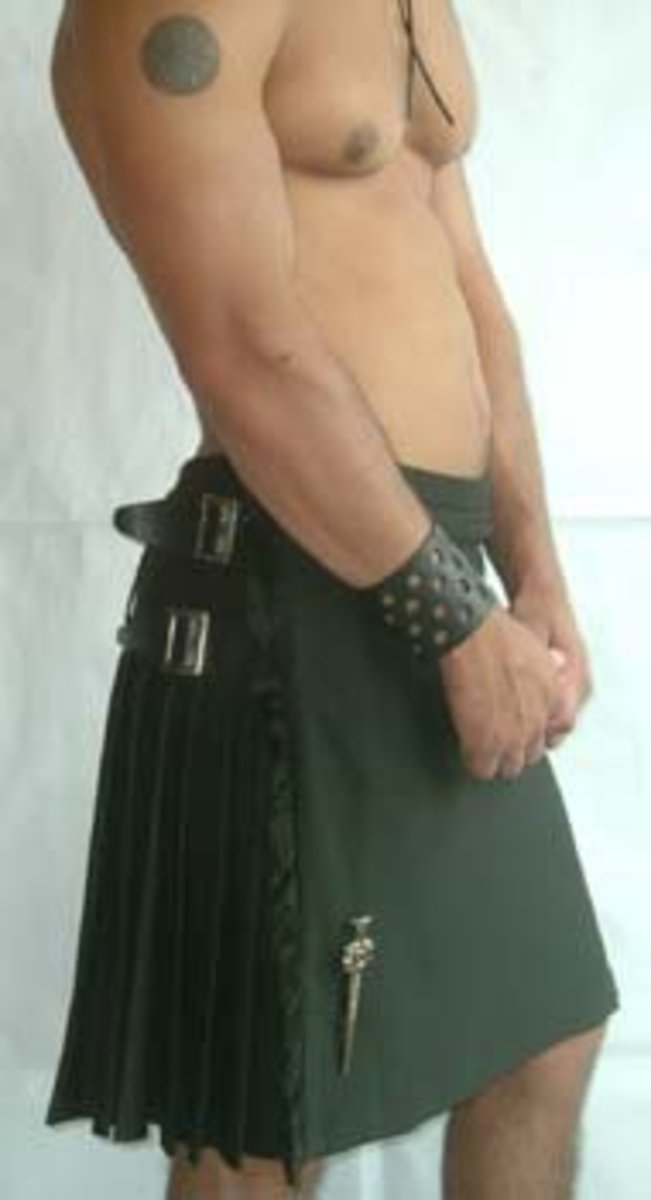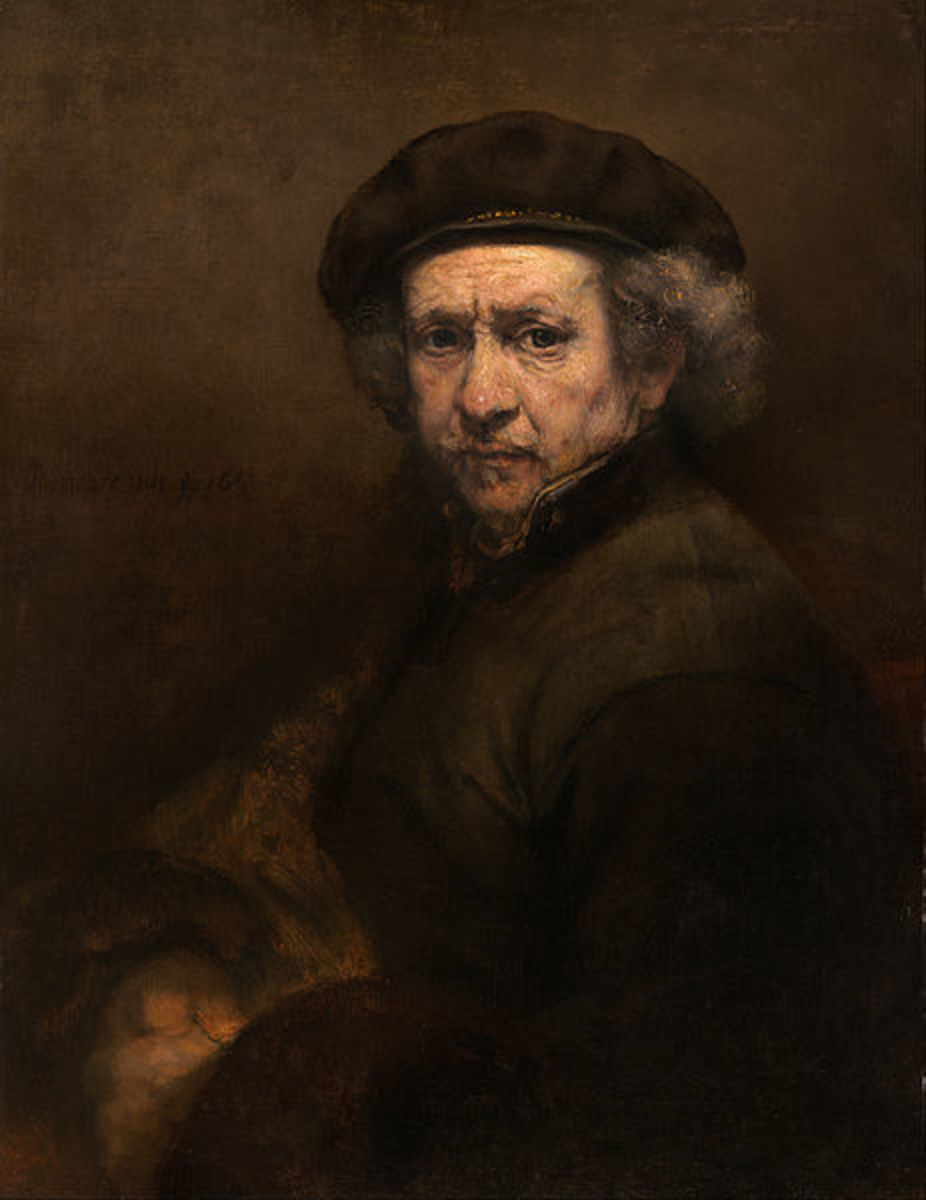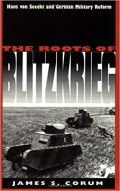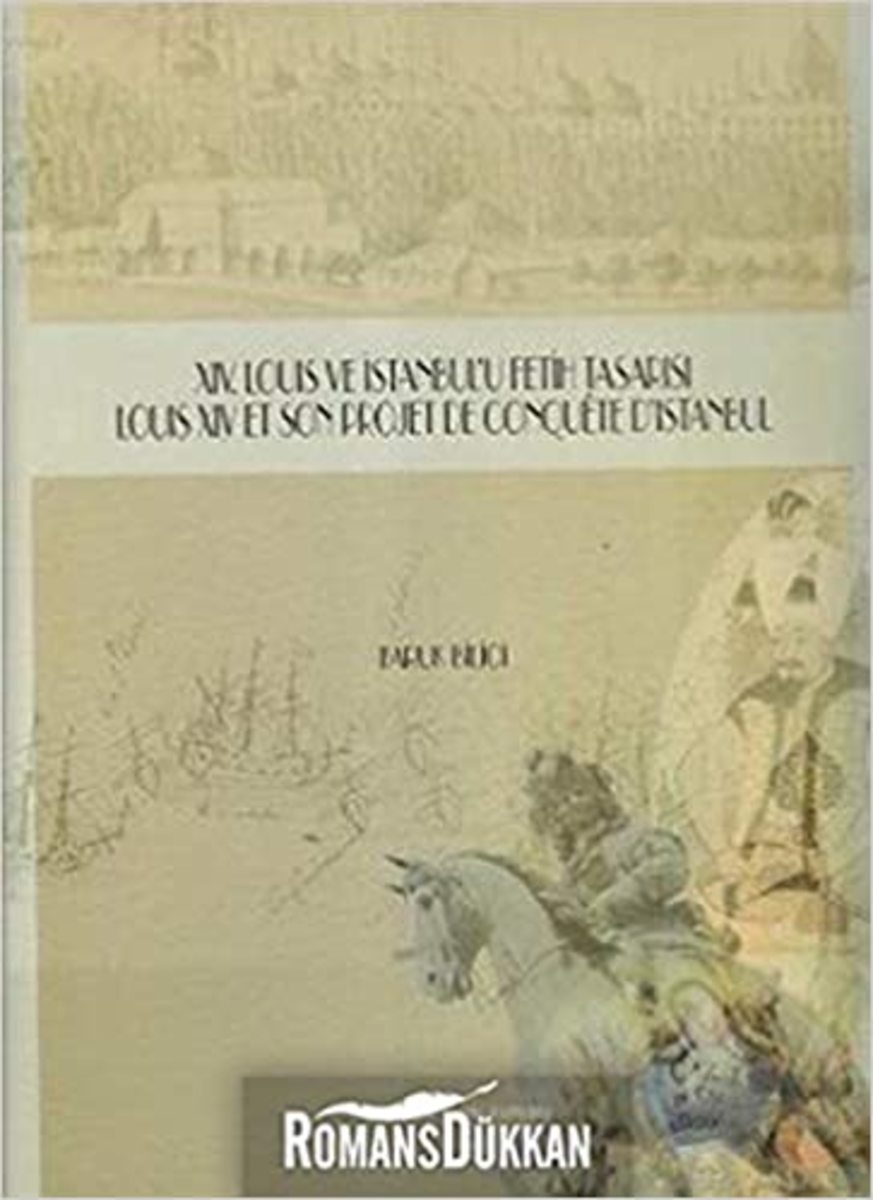Art History in "Outlander" by Diana Gabaldon
First Act Establishments
While reading the novel, I was highlighting the numerous art history references found in the text of my ebook. Between the highlighting and the reading, I found the way they were written into the story intriguing.
As Gabaldon introduces blissfully married couple Claire and Frank Randall visiting Scotland after surviving World War II, she establishes the pair as having varying degrees of interest in history. To elaborate, Claire learned about the bygone times from her archaeologist uncle. The author characterized the uncle as a charmingly churlish elder guardian who was tragically killed when the Germans bombed the British Museum. Reflecting on this event, Claire imagined that his main love, Persian art, survived the destruction. Gabaldon also establishes Claire as someone with the ability to survive in rough environments, a characterization that foreshadows her time traveling journey.
"Stereopticon"
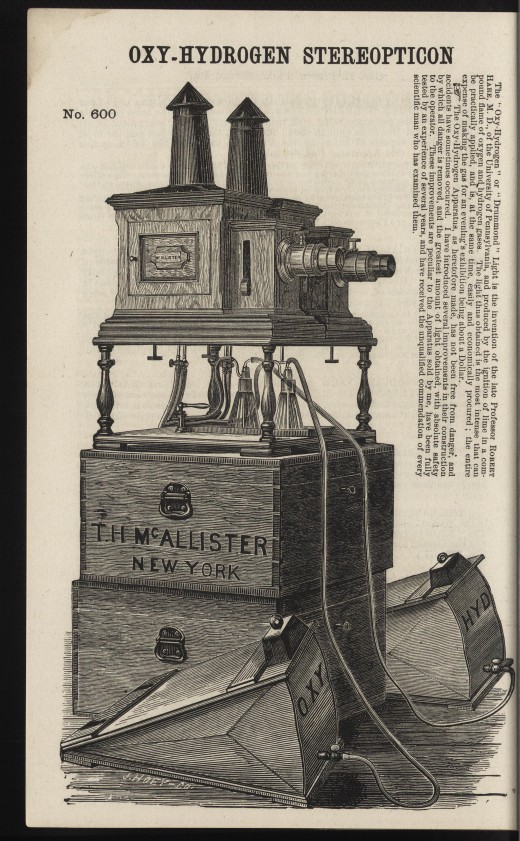
Scotland's Present and Past
The main environment for this novel is of course, Scotland. Right at the beginning of the book, Gabaldon establishes Scotland as constantly in between the past and the future. Similar to her characterization, this is all meant to prepare the reader for Claire's time travel.
Claire even observes that there's something about Scotland that no matter how the locals decide to do modern advancements, the gloss immediately fades away. Even the cameras Claire surveys has this sense of the old. She inspects collections of faded tinted photographs and mentions a "Stere-opticon". An internet search reveals that it also has the name of "Magic Lantern". Her descriptions of Chromolithography featuring Stuart royalty foreshadows Claire's role in Scotland during the 1740s. While she and Frank study his genealogy and the ruins (I'll expand on this later), the book shows post-World War Two era Scotland as moving towards modern life with mentions of prefabricated homes. These explorations of old time photography and new standards of living drove home Gabaldon's point that the old and new constantly collide against each other in Scotland.
Old Monuments
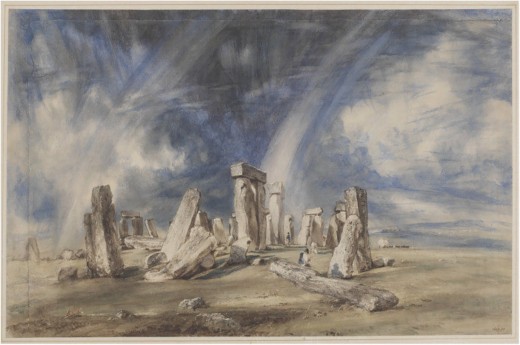
Scotland's Dominating Past
Now, the ancient Scottish ruins. Scrutinizing Scotland's many stone circles, Claire reminisces about Stonehenge, its well documented features, and the monument's overall mystery. Claire even noticed that the Scottish stones with Nordic patterns and other old, faded designs. The way the text relates the details made me think that they were probably painted. After all, Greek Antiquity era artists painted their sculptures.
I've been reading Lovecraft, and the Pict monuments that Claire recoils from in such a way it reminded me of the human narrators who gazed upon old monuments that belonged to old evils.
Then there's Craigh na Dun. According to Gabaldon in her own words (in the edition that I have), she references two ancient landmarks that's visually the closest to how she imagined the ancient time travel device. As with other ancient monuments, Claire is unnerved by the unreal aspect of the stones that would decide her fate. She first encounters the mystical aspect when she and Frank secretly watch local woman perform a dance. Knowing the plot ahead of time, it was there I realized, "They're opening up Craigh na Dun's magic portal". Something to that effect. The choreographed ritual dance made Claire think of Bronze age Celtic pottery designs.
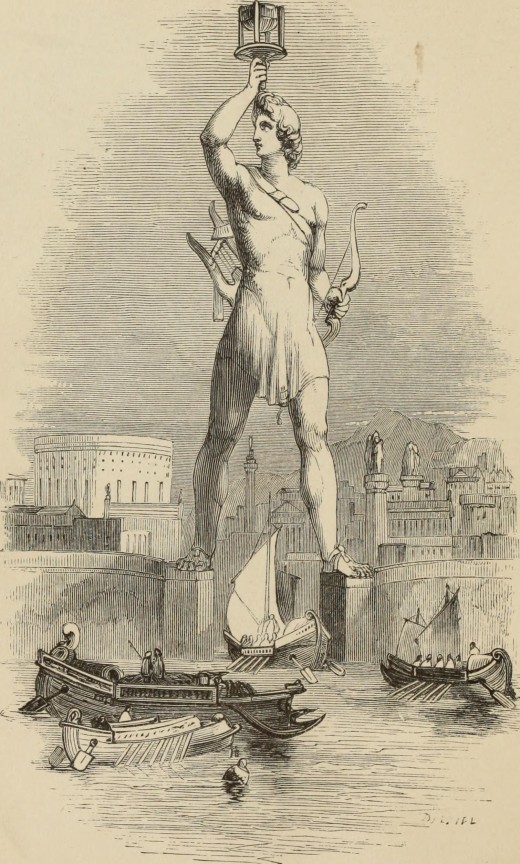
Jamie Fraser versus Frank Randall
Reminiscent of Hilary Mantel's Thomas Cromwell (but this book was published way before Mantel published her series of novels), Claire, using art history references, compares and contrasts her post World War II era English husband Frank to her Scottish husband Jamie.
Remember how I mentioned in the first section that the way the art history references were used in the novel intrigued me? This is what I mean, because they say a lot about Claire's view of the two men she has as her husbands. They are also the hardest to analyze. She does only one reference to Frank. As he is studying something, she observes that when artificial light frames her husband's countenance and this makes her think of a Middle Ages era print of a canonized martyr. The best interpretation I can come up with is that given how long Claire is separated from Frank (unwillingly and later willingly) via time travel, the more vaguely defined Frank is compared to Jamie. Especially since that Claire (and others) is constantly brutalized by Frank's ancestor, she finds her memories of husband now tainted. Finally, given how he lost his wife to time and another man, Frank is almost a suffering martyr.
Compared to Frank, Jamie is given a much more idealized portrait. Claire compares the Scotsman to art either from Ancient Greece or the Renaissance. When natural light hits Jamie, she is references him to a divine angel as rendered by Donatello. Now, Gabaldon specifically describes Jamie as an "archangel", but I have been looking through Donatello's body of work, and he created angels, but not ones with that rank as far as I can tell. When angry, Jamie is "the Colossus of Rhodes”. Claire also compares the man's appearance to a marble highly sought after by artists.
Beyond Frank and Jamie, she did use an actual artist's appearance to describe another character. When exploring the medicine room, she describes him as having "Toulouse-Lautrec syndrome".
Scotland's architecture (and jewelry, and weapons...)
From what I have researched, it seems that nearly every building Claire spends time in came strictly from author Gabaldon's imagination. Due to her time travel, Claire is able to see dwellings in two different eras, one in its original context as a building that was nothing short of intimidating and another in an aesthetically pleasing state of decay. In fact, almost every building in Scotland Claire visits is described as places designed to endure the occasional battle. While in Castle Leoch, Claire notices grotesquely rendered faces in furniture and a tapestry depicting what I think could be a scene of "hare coursing".
I did enjoy Claire's observations at how buildings are rather warped because of the less than sophisticated use of measurement. Whether private castles or Gothic abbeys, the novel is full of architectural descriptions that I am sure would delight the architectural history lover.
Jewelry and weapons find their way in the novel. Claire describes elaborate necklaces of pearls of different sizes and other circular pendants. And because cultures rarely stay in one place, a sword with a colorful design is mentioned. The descriptions (and personal research) has led me to think that the sword originated from Turkey.
Exile in France
After escaping Scotland as fugitives, Claire and Jamie hide in a French holy place known as the (fictional) Abbey of Sainte Anne de Beaupré to recuperate. While Jamie heals from his horrific punishment as doled out by his keeper, Claire explores the church's art. Fittingly, as she and Jamie are refugees in hiding, she sees a stained glass depiction of Joseph and Mary seeking refuge in Egypt. She describes the church's elaborate sounding architecture full of the usual Gothic architectural designs. The interior decorations and furnishings are no less grand, and full of Biblical detail. The past continues to make itself aware as she notices Roman Empire era street signs.
During the climax of the novel as Claire heals Jamie in such a way that left me speechless, she notes an artwork that in her opinion, a not very well executed likeness of Saint Sebastian. She also wonders why anyone would put such a violent scene in a room for healing. According to my art history classes, scenes of crucifixions were there to remind patients that if these people could endure their suffering, so could the patient.
From the preview of "Dragonfly in Amber"
After the end of the story, the edition I have in my Kindle had a preview of Dragonfly in Amber. At the beginning, Jamie and Claire are still at the abbey and Claire still compares Jamie's physical appearance to ancient art of Greek and Roman era antiquity. Fraser, in amusement, compares himself to a hunting satyr in a "Classical painting". Since Jamie has spent time in France, he probably saw some French Classical era paintings, or even earlier ones.
It is fascinating the constant visual comparisons Gabaldon and Claire use to describe Jamie come from Renaissance and Antiquity era art. To the author and main character, Jamie is both wild, divine, ideal, and regal all at the same time.
I enjoyed it.
Update 7-29-2018
I erroneously described the time of Scotland this book takes place in as "pre-Enlightenment". I was wrong and I fixed it. I also added a link showing Pict monuments.
© 2018 Catherine
